Cute aggression is the feeling of wanting to squeeze or pinch something we think is adorable.


Cute aggression is the feeling of wanting to squeeze or pinch something we think is adorable.
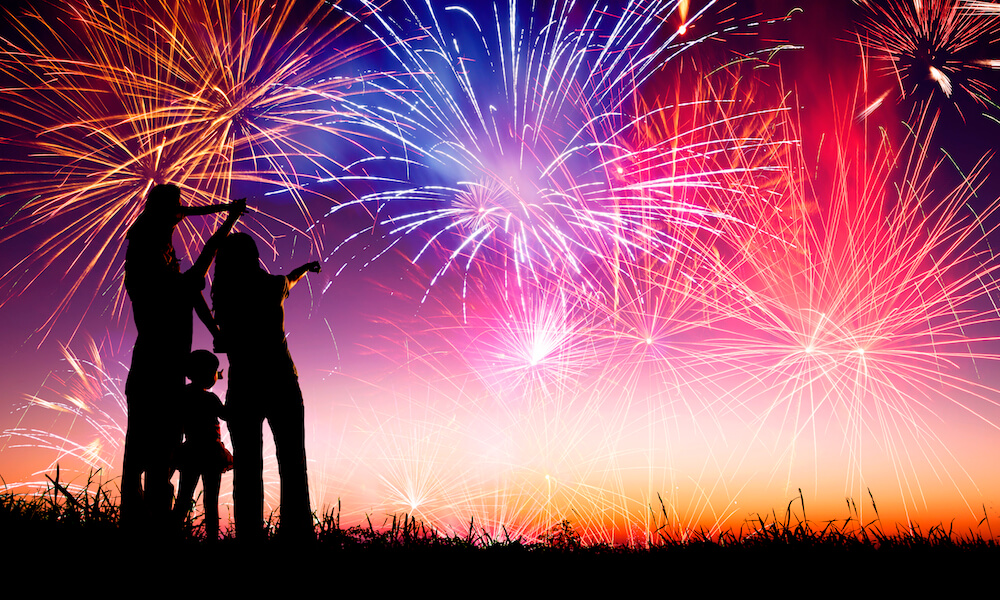
Fireworks displays can be an awe-inspiring symbol of the United States’ independence. However, these chemical explosions could potentially release hazardous particles into the air. Read the article to learn more.
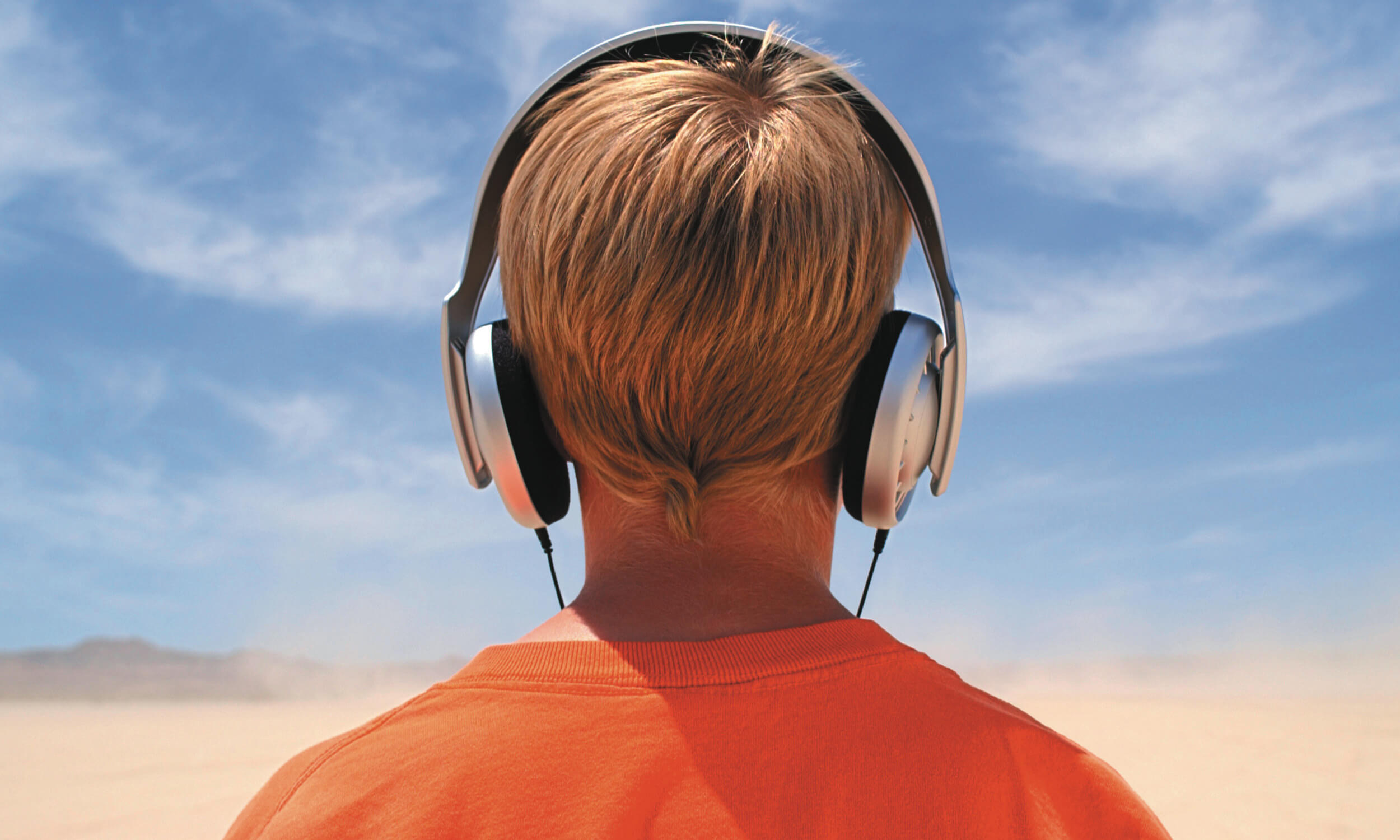
With the rise of music streaming, the music industry now produces less plastic waste than before. However, streaming music has its unintended consequences.
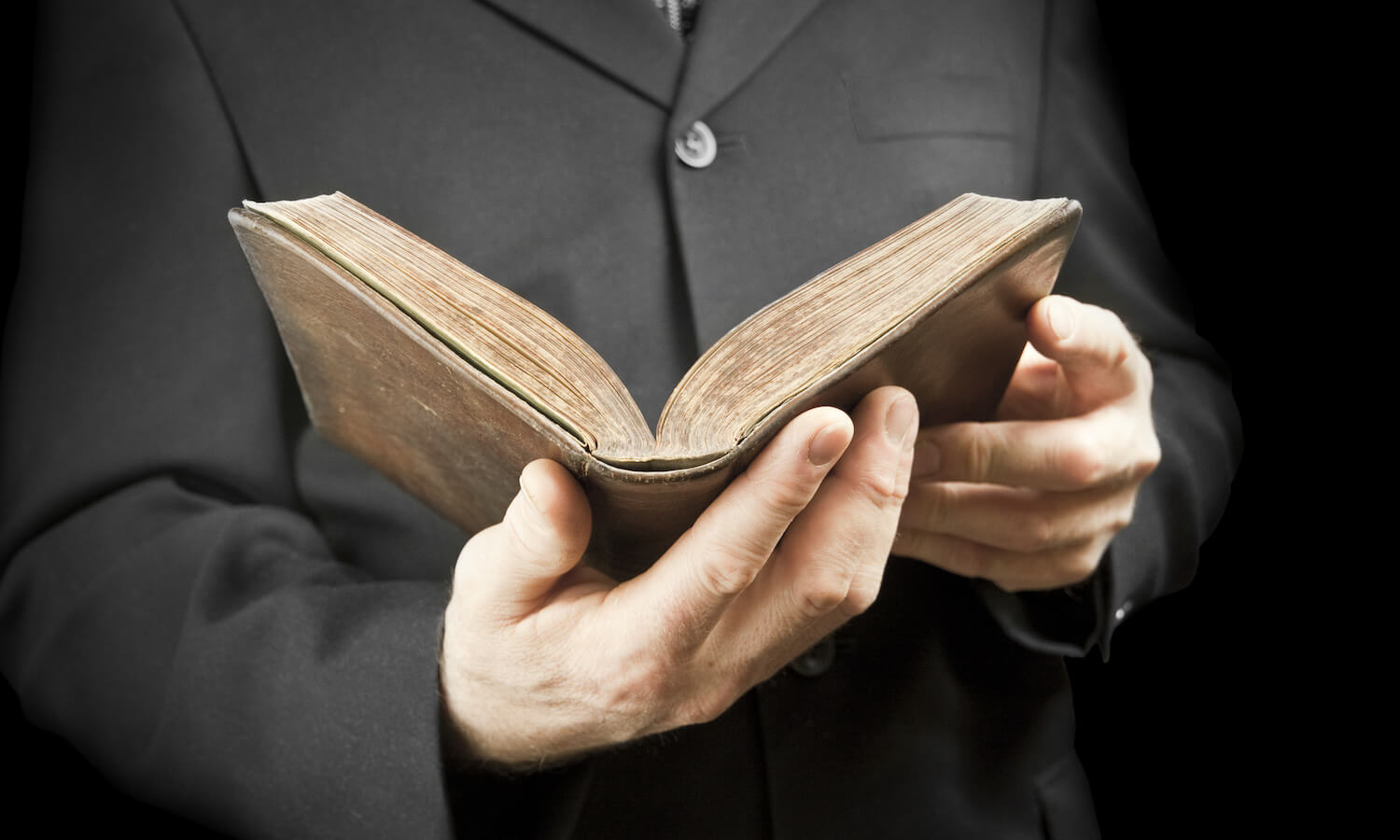
Ralph Waldo Emerson was a man of many talents. Read some of his most famous quotes and see their modern day translations.
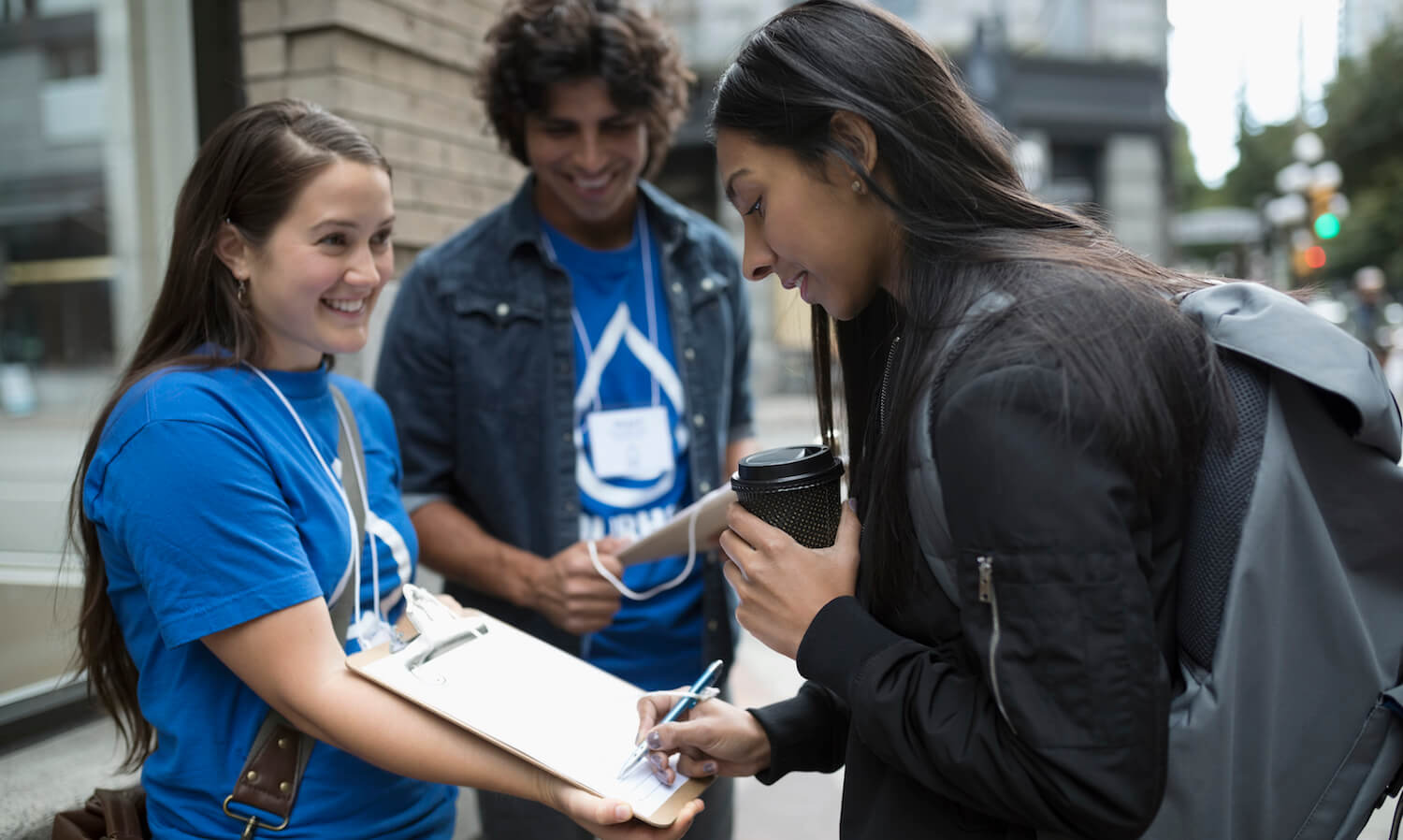
Young people have the ability to change the world in large and small ways. Read the article to learn how you can change the world too.

Humans currently have their eyes set on colonizing Mars in the near future. Read on to learn how Venus may be a better option.

Tongues can smell, sight can make us hear what isn’t there, and color can influence taste?! Read the article to learn more about how our five senses can be influenced by outside sources.
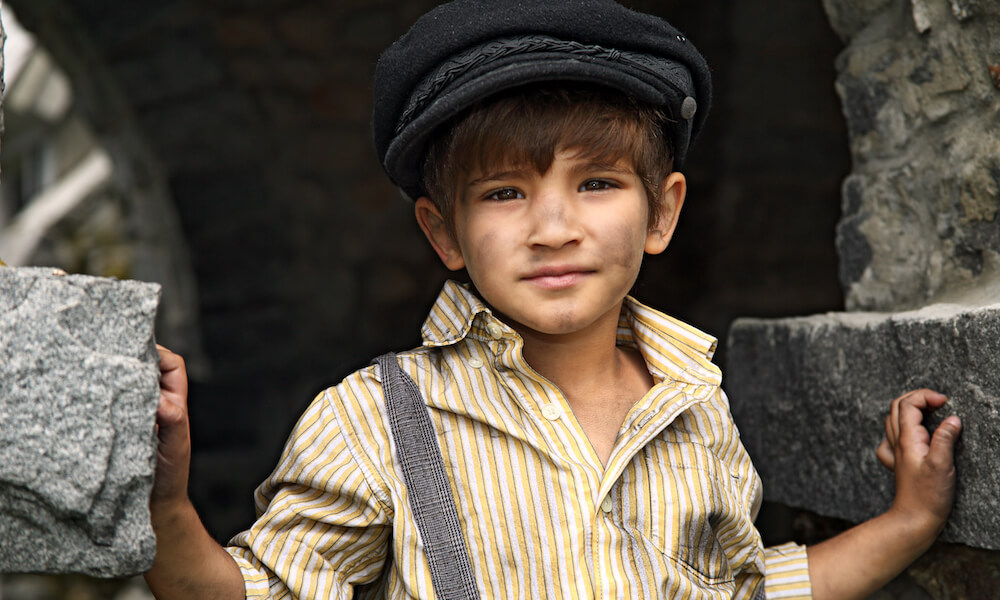
At “Poverty Parties” during the Gilded Age, the rich would transform from riches to rags to “free” themselves from the constraints of society. Read more about the insensitive parties that took place at a time of significant income disparity.
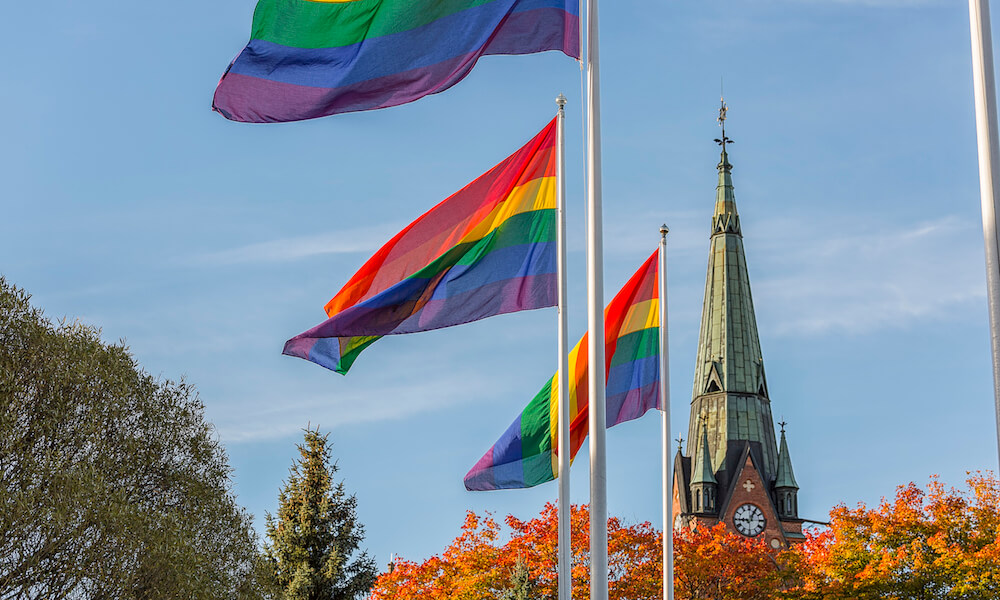
The struggle for Gay rights took many forms in the late 1900s, though their goals were the same: equality and acceptance. Look at photos of some of the first Pride parades and learn the history of how modern Pride celebrations came to be.

Western Carolina University is preserving the Cherokee language, which will help preserve the culture. Learn why this decision matters so much to the Cherokee people.

Psychologist Thomas Suddendorf argues the importance of identifying the similarities and differences between humans and other animals.

Situations today may not be as dramatic as that in Romeo & Juliet, but it does still happen that parents oppose their children’s choice of partners.
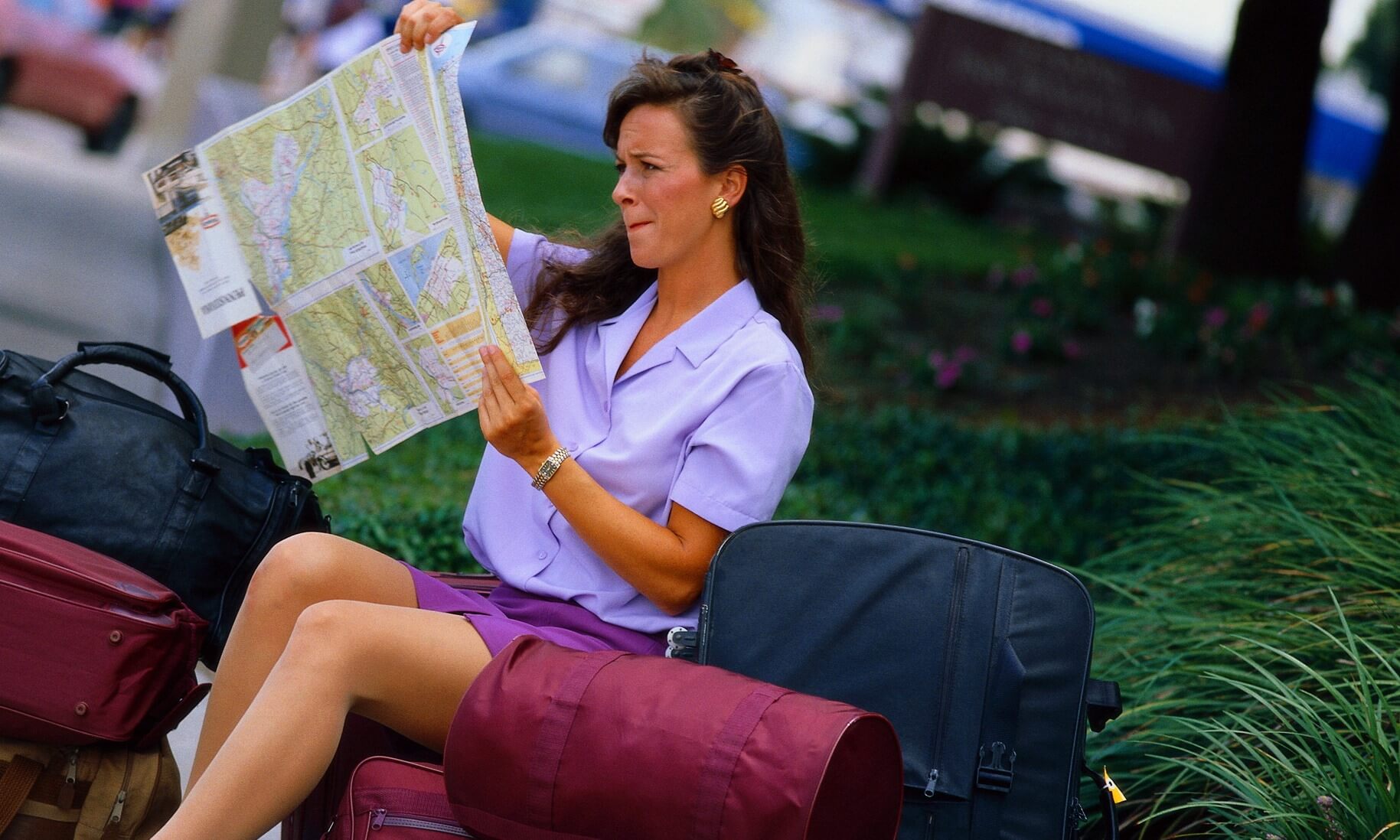
Part of the Odyssey’s appeal is the element of surprise—would generation after generation dig into a story whose hero figures out exactly how to get where he’s planned to go and goes straight there?

Researchers at Penn State have found that most participants in a study identified robots as male when they were presented with no gender cues, but simple alterations on the robots’ screens could strengthen anthropomorphic personalities that humans tend to give computers.

This article outlines 13 things psychologists say indicate the future success of children.

Making friends with someone from a culture different from your own is a great way to expand your horizons. Read the article to learn what pitfalls to avoid.
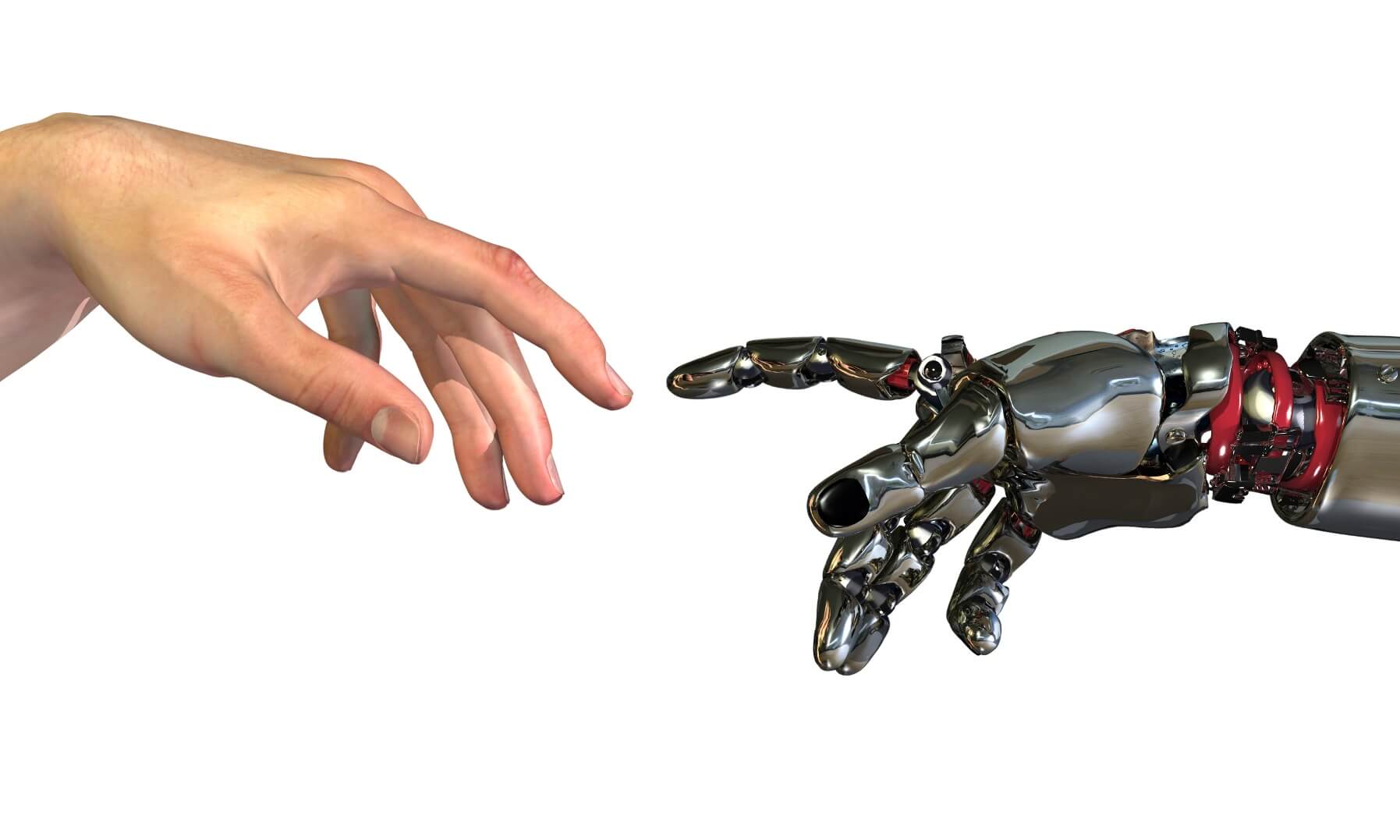
Why do we make connections with digital assistants when we know they don’t have feelings?

Read ten facts about the 1863 Proclamation, one of the most important documents in the history of the United States.

Russian-born Jew Roman Vishniac’s prints and negatives depicting Jewish life before the Holocaust are published for the first time in an online photo database. The hope is to gather information from the public, such as dates, locations, and identification of people from that time.

In this podcast Sarah-Jayne Blakemore, Professor of Cognitive Neuroscience, puts forward some scientific reasons about why teenagers take risks.